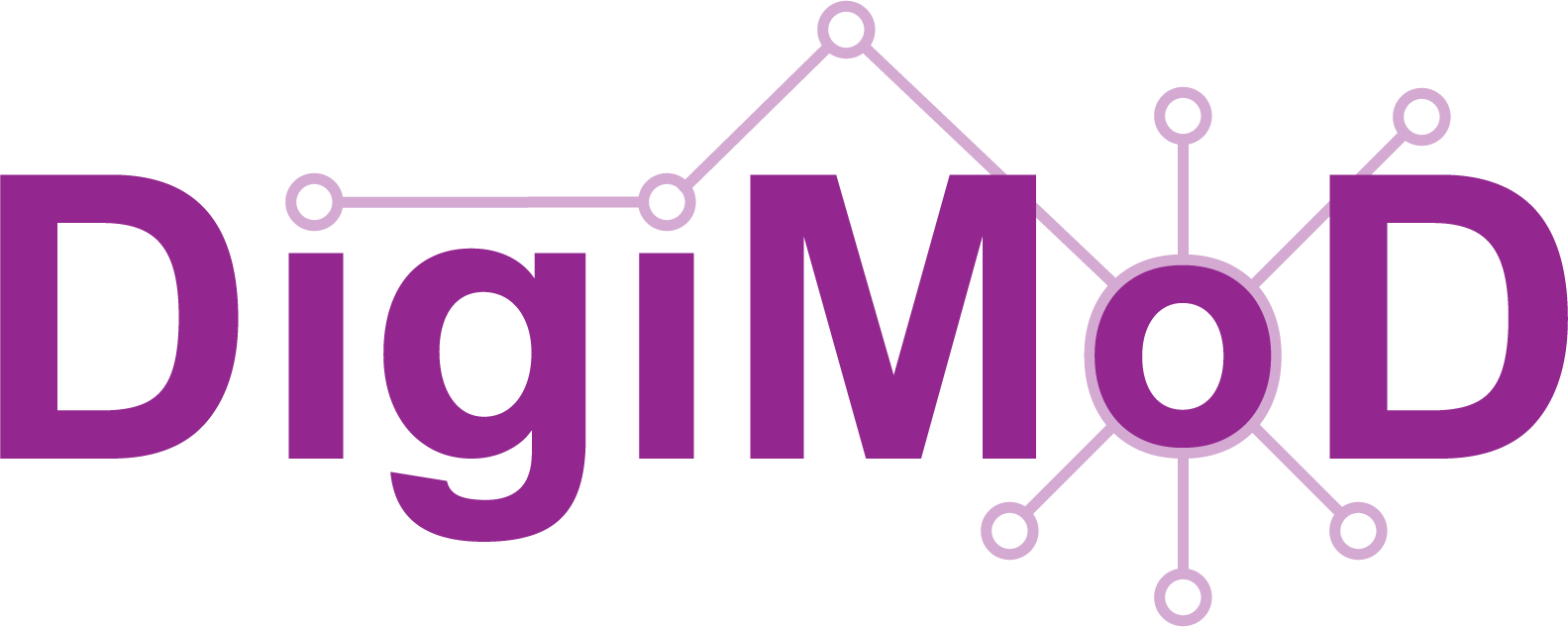Whether a radical right party is in opposition or in government significantly influences the digital communication of its actors and supporters. This is a central finding of the latest publication “Mobilization and support structures in radical right party networks. Digital political communication ecologies in the 2019 European parliament elections” by Annett Heft, Susanne Reinhardt and Barbara Pfetsch.
In their study, the researchers examined the network structures of the digital political communication of six radical right parties and their interaction partners in Austria, France, Germany, Italy, Poland and Sweden. These countries are characterized by the fact that the parties analyzed were in two different positions of structural power at the time of the study: As a governing or as an opposition party. While the opposition parties relied more on self-referential networks, dominated by links to other party members or interactions with the bottom-up supporters of the parties to increase the visibility of their actors and contents, a different picture emerges with the governing parties: Their networks reflect their structural power position in the political system, they interact with a multitude of political actors, and the parties themselves are integrated into existing discourses through a multitude of bottom-up interactions. However, the results also show that attacks on political opponents are more frequent among them.
In the context of the 2019 European elections, it can also be seen that transnational networking among right-wing populist parties and their sympathisers is mainly based on already existing offline networks. Here, however, it is not the politicians themselves who are the driving force, but rather actors from civil society and individual political entrepreneurs who build transnational bridges between the otherwise quite closed national networks.
Publication:
“Mobilization and support structures in radical right party networks. Digital political communication ecologies in the 2019 European parliament elections” appeared in Information, Communication & Society and is available as open access here.
